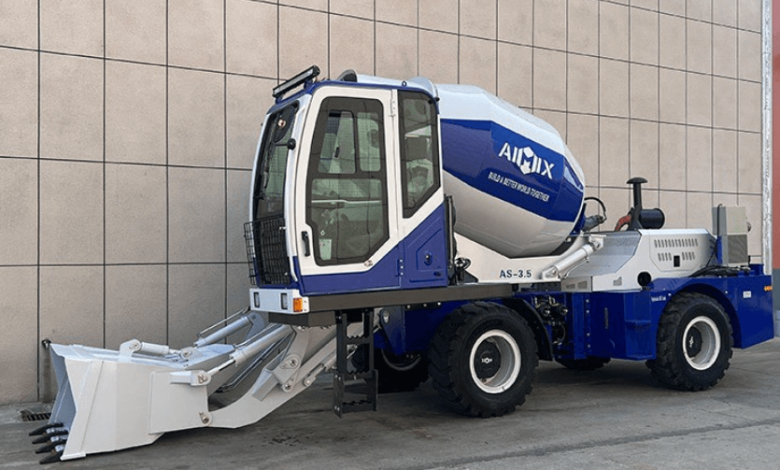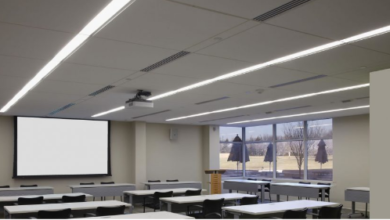self loading mixer: A Smart Asset for Efficient Precast Concrete Production

The construction industry is evolving at an unprecedented pace, with growing demand for high-quality, time-efficient, and cost-effective building practices. Among these innovations, precast concrete production has emerged as a preferred method for various infrastructure and commercial projects. In parallel, the Self Loading Mixer has become a versatile and indispensable tool in facilitating these advancements.
A self loading mixer is a mobile concrete mixer that integrates batching, loading, mixing, and delivery in a single vehicle. It allows users to produce fresh concrete anytime, anywhere, without relying on third-party suppliers or stationary batching plants. When applied to precast concrete manufacturing, it adds remarkable value by improving efficiency, reducing waste, and enhancing product consistency.
This article takes a deep dive into how the self loading mixer is revolutionizing precast concrete production and helping construction companies meet modern-day project demands.
The Rising Demand for Precast Concrete
Precast concrete products such as beams, blocks, wall panels, pipes, and slabs are used extensively in commercial, residential, and infrastructure projects due to their durability, reduced labor needs, and quality control benefits.
Key reasons for the surge in precast concrete usage include:
- Faster project timelines
- Improved structural strength
- Customizability in shapes and sizes
- Lesser site disruption and labor dependency
- High resistance to weather and corrosion
However, ensuring consistent, timely, and affordable concrete supply for precast production is often a bottleneck. This is where the self loading mixer becomes a strategic asset.
See also: The Booming Business of Baking Supplies in E-Commerce: A Recipe for Online Success
1. On-Demand Concrete for Multiple Molds
Precast yards require concrete in specific volumes and mixes for various mold sizes and shapes. The self loading mixer can batch exact quantities for each cycle, preventing surplus and ensuring fresh delivery.
Benefit: No overproduction or underutilization of concrete—just the right amount for the job.
2. Improved Mix Quality and Uniformity
The self loading mixer is equipped with precision batching systems and rotating mixing drums. This ensures a homogeneous mix that meets the quality standards essential for precast elements, which often endure high structural loads.
Benefit: Consistent mix quality reduces rejection rates and improves product performance.
3. Mobility Between Precast Yards and Construction Sites
In many projects, precast production happens offsite, and components are later transported. The self loading mixer allows you to produce concrete at multiple locations as needed—without waiting for plant availability.
Benefit: Greater flexibility to move between production zones or directly to the installation site for finishing or patchwork.
4. Reduced Operating Costs
Producing concrete in-house using a self loading mixer cuts down dependency on costly third-party batching plants, eliminates delays, and minimizes labor involvement.
Benefit: Contractors and builders save on per-cubic-meter concrete costs and operational expenses.
5. Batch Customization for Specialty Precast Items
Precast projects often involve custom formulations such as high-strength, lightweight, or colored concrete. The self loading mixer allows the operator to tweak ingredients and water ratios easily on-site for each batch.
Benefit: Enhanced flexibility in meeting specific project requirements and faster prototyping of specialty precast items.
Real-World Example: Modular Home Production
In a modular housing project in Eastern Europe, a construction firm adopted 2 self loading mixers for their precast yard that manufactured wall panels and floor units. Previously, they depended on a fixed batching plant located 15 km away.
After switching:
- Material waste reduced by 25%
- Transport and fuel costs decreased by 35%
- Production time shortened by 20%
- Mix accuracy improved drastically
The team reported better inventory management and a quicker production cycle—allowing them to deliver 50 additional housing units annually.
Ideal Features of a self loading mixer for Precast Work
If you’re planning to integrate a self loading mixer into your precast operations, consider the following features:
| Feature | Relevance to Precast Production |
| Precision weighing system | Ensures consistent cement-to-aggregate ratios |
| Adjustable water dosing | Maintains proper hydration for different molds |
| Swiveling drum discharge | Allows accurate pouring into narrow molds |
| Drum capacity of 1.2–3.5 m³ | Suitable for both small and large batch sizes |
| Operator cabin with controls | Enhances ease of use and mix customization |
These features ensure high productivity, quality control, and operator efficiency—critical for precast manufacturing.
Supporting Sustainable Construction Goals
Sustainability is a core concern in today’s construction practices. The self loading mixer supports green goals by:
- Reducing concrete waste through exact batching
- Lowering fuel and transport emissions
- Allowing the use of local aggregates
- Encouraging in-house, recyclable mold use
With the construction sector aiming to reduce its carbon footprint, equipment like the self loading mixer plays an important role in environmentally friendly workflows.
Training and Skill Development
Unlike large batching plant setups, a self loading mixer requires minimal training. Operators can be trained within a few days, even in developing regions where precast construction is on the rise. This opens up new job opportunities and builds local capacity.
Advantage: Companies can empower their workforce and reduce the need for expensive technical staff.
Conclusion: self loading mixer – The Future of Smart Precast Production
As the demand for precast concrete continues to rise across residential, commercial, and industrial projects, innovation in material handling and mixing equipment becomes essential. The self loading mixer offers the perfect solution—bringing flexibility, precision, and efficiency directly to precast yards and construction sites.
Its ability to produce concrete on demand, adapt to custom mix designs, and support sustainable building practices makes it a cornerstone of modern precast production strategies. For contractors, developers, and precast manufacturers looking to streamline their operations, the self loading mixer is not just a machine—it’s a smart investment in productivity and growth.





